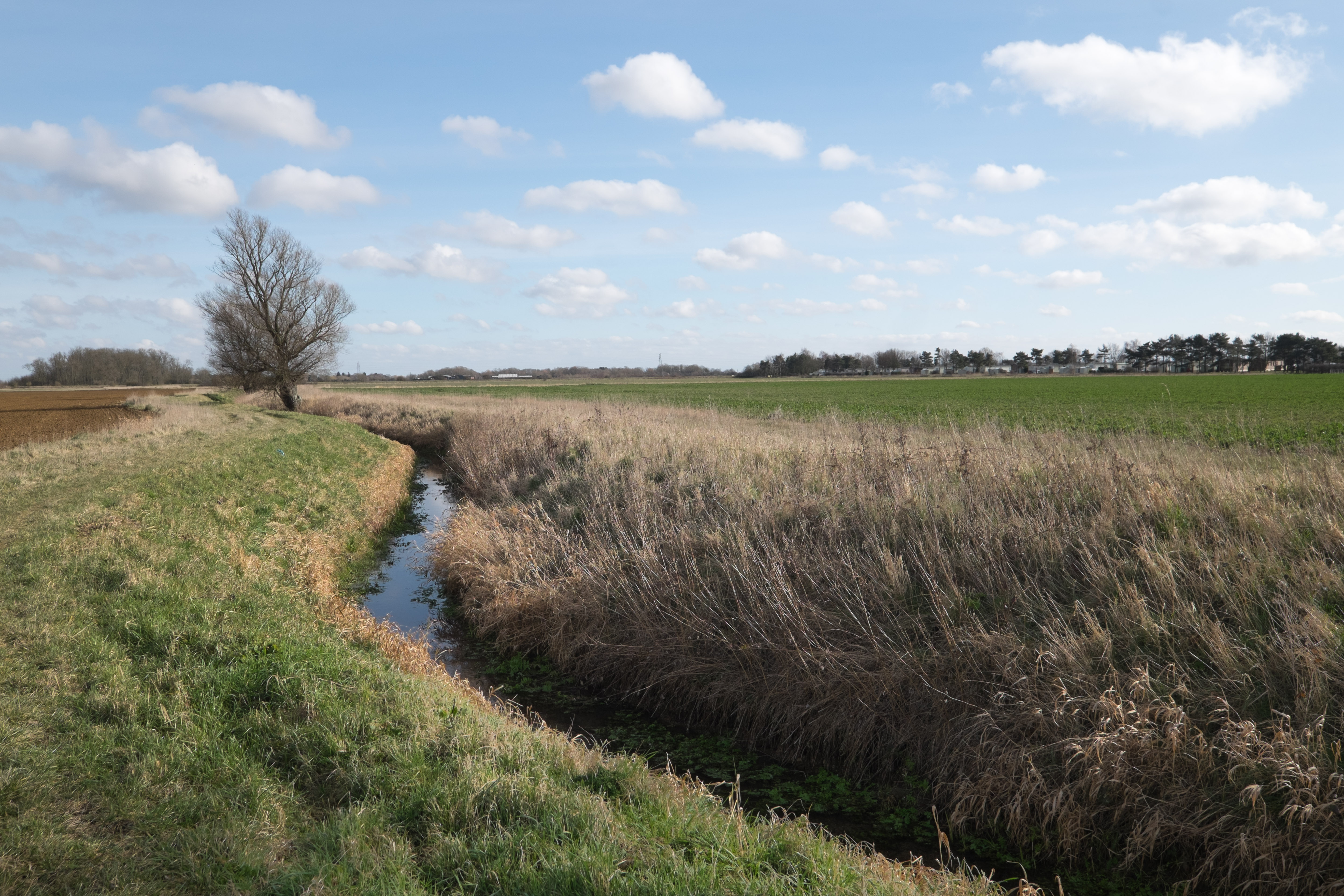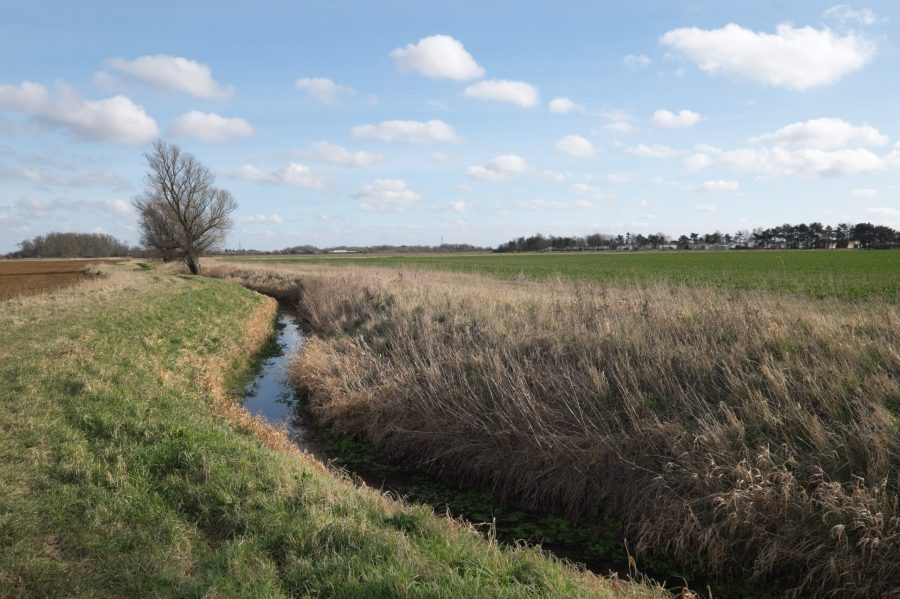 A new software update to BASF’s wHen2g0 tool could help growers to mitigate the risk of potential leaching of key active ingredients and their residues. Charlotte Cunningham reports.
A new software update to BASF’s wHen2g0 tool could help growers to mitigate the risk of potential leaching of key active ingredients and their residues. Charlotte Cunningham reports.
Developed for BASF by Agrimetrics, the recently updated software combines data from Defra, the Met Office and the Environment Agency to calculate the risk of leaching when applying products containing metazachlor and quinmerac. With most data-fields pre-populated, growers can get field-specific forecasts quickly and easily; in less than a minute.
“Current guidelines from the voluntary initiative, OSR Herbicides, are reliant on dates,” explains BASF stewardship and value chain manager, Paul Goddard,
“While these are really useful straightforward lines in the sand, they are based on averages and in some years, this has the potential to push growers in a tight window for applications, when other variables – such as wind – may make applications inadvisable. We wanted to improve on the foundations of the initiative and give growers something smarter. The wHen2g0 tool is the result of that work.”
Highly valuable
For Colin Chappell, who farms 645 ha of land surrounded by water courses, opposite a pumping station, the ability to quickly record his efforts to mitigate leaching, is highly valuable.
“When it comes to the Environment Agency, it your responsibility to prove you haven’t caused a problem or that you’ve done everything in your power to prevent a situation. wHen2gO gives you that evidence and it’s really easy to use.”
Farming so close to an extraction point means preventing field losses is a high priority for Colin, and he uses a variety of techniques to prevent residues entering the water course.
“I never have bare soils overwinter,” he explains. “I plant cover crops to filter or hold onto residues, I’ve buffer zones around every field and try not to move soils too much – keeping straw and other organic matter on the soil surface really helps too.”
Colin works closely with his local Catchment Sensitive Officer and describes the relationship as key.
“She’s really proactive, and wants to understand the challenges we face to develop solutions that are mutually beneficial,” he says. “It’s a much more effective approach than the stick that is regulation, which will be the consequence if we don’t voluntarily protect water quality.”
It’s a sentiment that is shared by Severn Trent, for every £1 they invest in catchment management, they can save between £2 – £20 in treatment costs through mitigation measures in catchment areas. “Working with farmers in the priority catchments is vital,” says Emma Abbott, agricultural team manager at Severn Trent. “It’s the most sustainable approach – not only is it cost-effective but there are wider environmental benefits too.”
“We’ve a suite of schemes – STEPS, for example, offers grants to farmers for land management and infrastructure improvements, and the Farm to Tap initiative has a range of land management options and advice, with reward payments for clean water leaving farmland.”
“We’re really supportive of any development, like the wHen2g0 smart tool, that benefits farmers, water companies and the many other stakeholders.”




